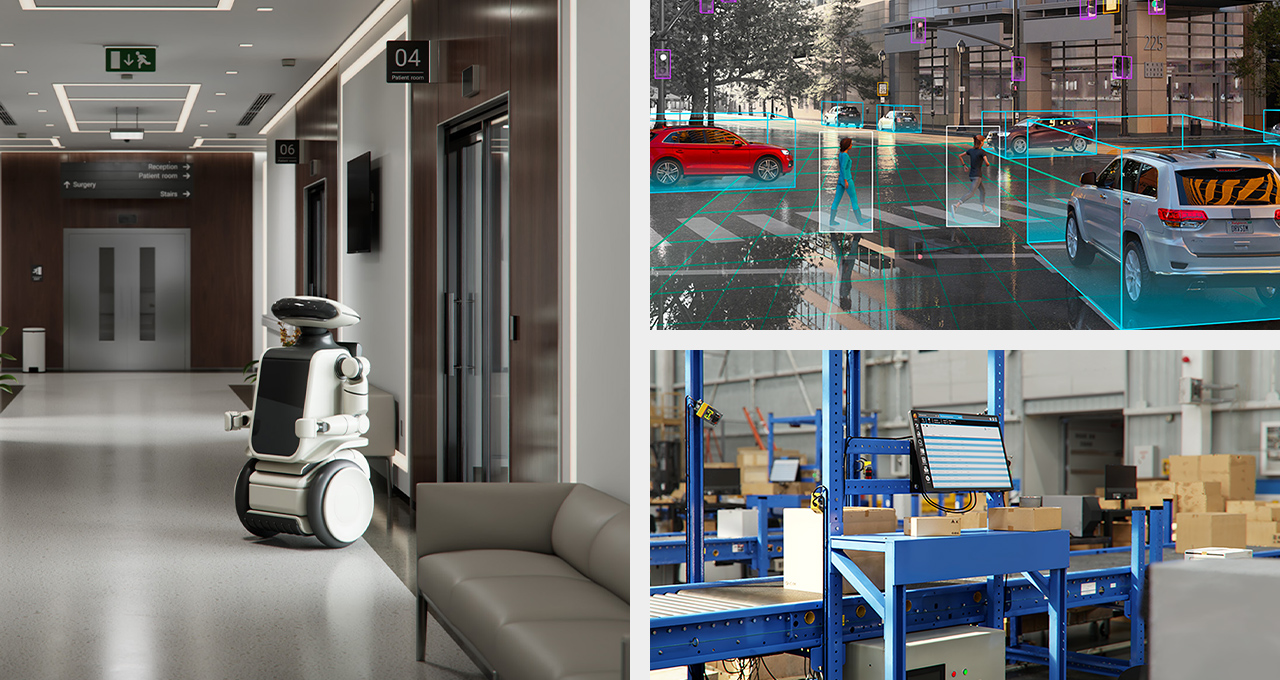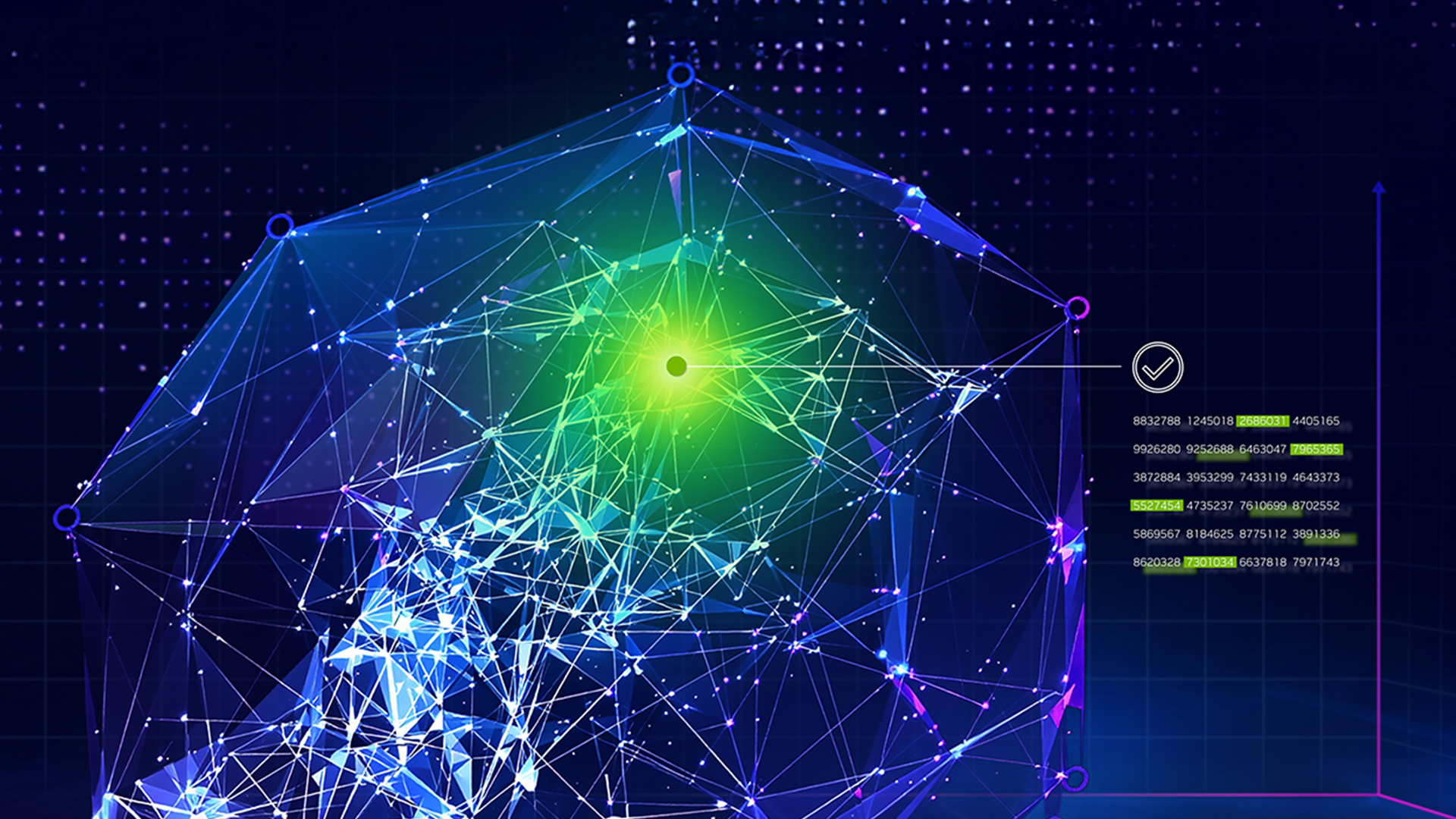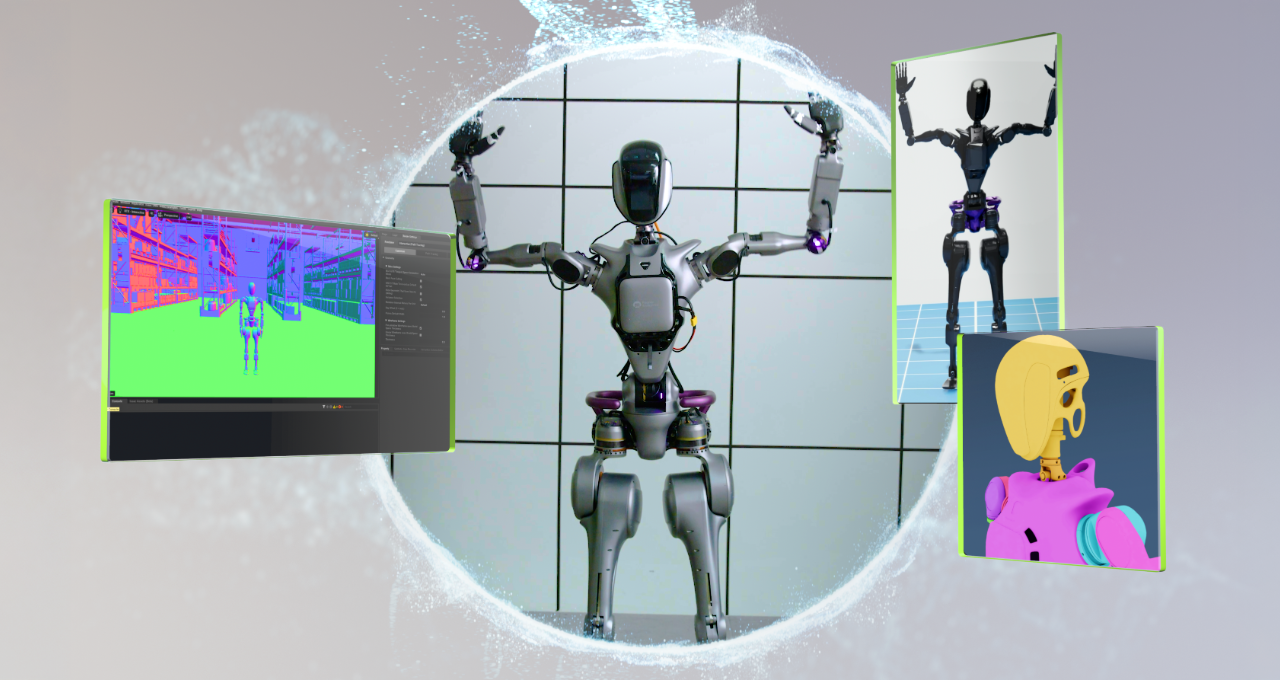
Reinforcement Learning
Robot learning technique to develop adaptable and efficient robotic applications.
Nissan
Image Credit: Agility, Apptronik, Fourier, Unitree
Workloads
Robotics
Industries
All Industries
Business Goal
Innovation
Products
NVIDIA AI Enterprise
NVIDIA Isaac GR00T
NVIDIA Isaac Lab
NVIDIA Isaac Sim
NVIDIA Omniverse
-
Overview
-
Technical Implementation
-
Partner Ecosystem
Empower Physical Robots With Complex Skills Using Reinforcement Learning
As robots undertake increasingly complex tasks, traditional programming is falling short. Reinforcement learning (RL) closes this gap by letting robots train in simulation through trial and error to enhance skills in control, path planning, and manipulation. This reward-based learning fosters continuous adaptation, allowing robots to develop sophisticated motor skills for real-world automation tasks like grasping, locomotion, and complex manipulation.
GPU-Accelerated RL Training for Robotics
Traditional CPU-based training for robot RL often requires thousands of cores for complex tasks, which drives up costs for robot applications. NVIDIA-accelerated computing addresses this challenge with parallel processing capabilities that significantly accelerate the processing of sensory data in perception-enabled reinforcement learning environments. This enhances a robots' capabilities to learn, adapt, and perform complex tasks in dynamic situations.
NVIDIA accelerated computing platforms—including robot training frameworks like NVIDIA Isaac™ Lab—take advantage of GPU power for both physics simulations and reward calculations within the RL pipeline. This eliminates bottlenecks and streamlines the process, facilitating a smoother transition from simulation to real-world deployment.
Quick Links


